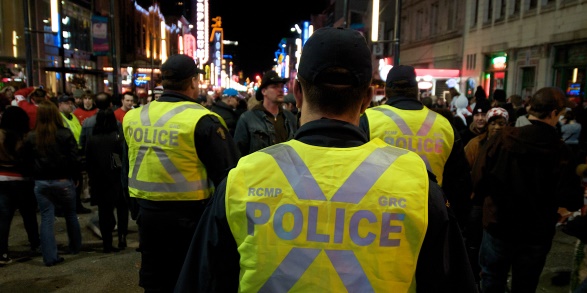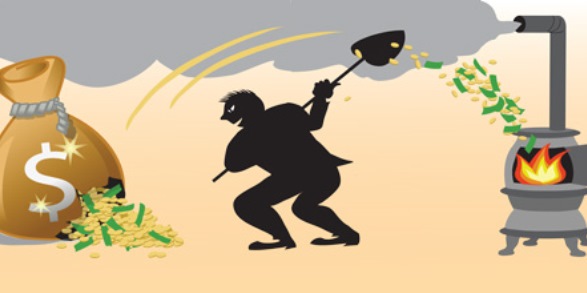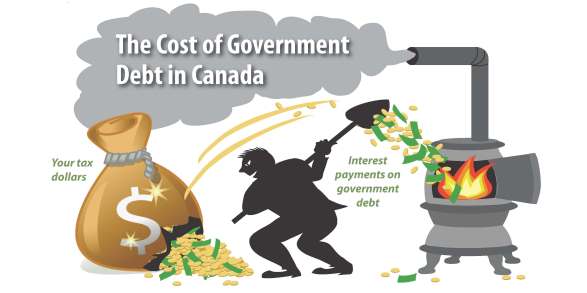government spending
Murray Smith, a former Alberta cabinet minister in the Ralph Klein government, the one that privatized government liquor stores and licence registries in 1993, once told me about a side benefit of such divestments (and I paraphrase): fewer distractions, which led to more focused government.
Ever wonder why it's difficult for politicians to govern wisely? Part of the reason is straw men created by some in the media. Here's an example. Both the Toronto Star's Rick Salutin and the Vancouver Sun's Daphne Bramham recently offered up some faulty non-issues.
Back in 1950, the Department of Indian Affairs and Northern Development spent $922 per registered “Indian.” As of 2012, the renamed Aboriginal Affairs and Northern Development Canada spent $9,056 per registered First Nations person.
It has been quite the summer for revelations about political expense accounts and the pay and perks of politicians.
The City of Vancouver is the only municipality in B.C. that can directly take on debt without permission from the provincial and regional governments. Perhaps not surprisingly, it is also the only municipality in the Metro region with liabilities (debt, employee pension obligations, etc) consistently greater than financial assets (cash, investments, etc).



